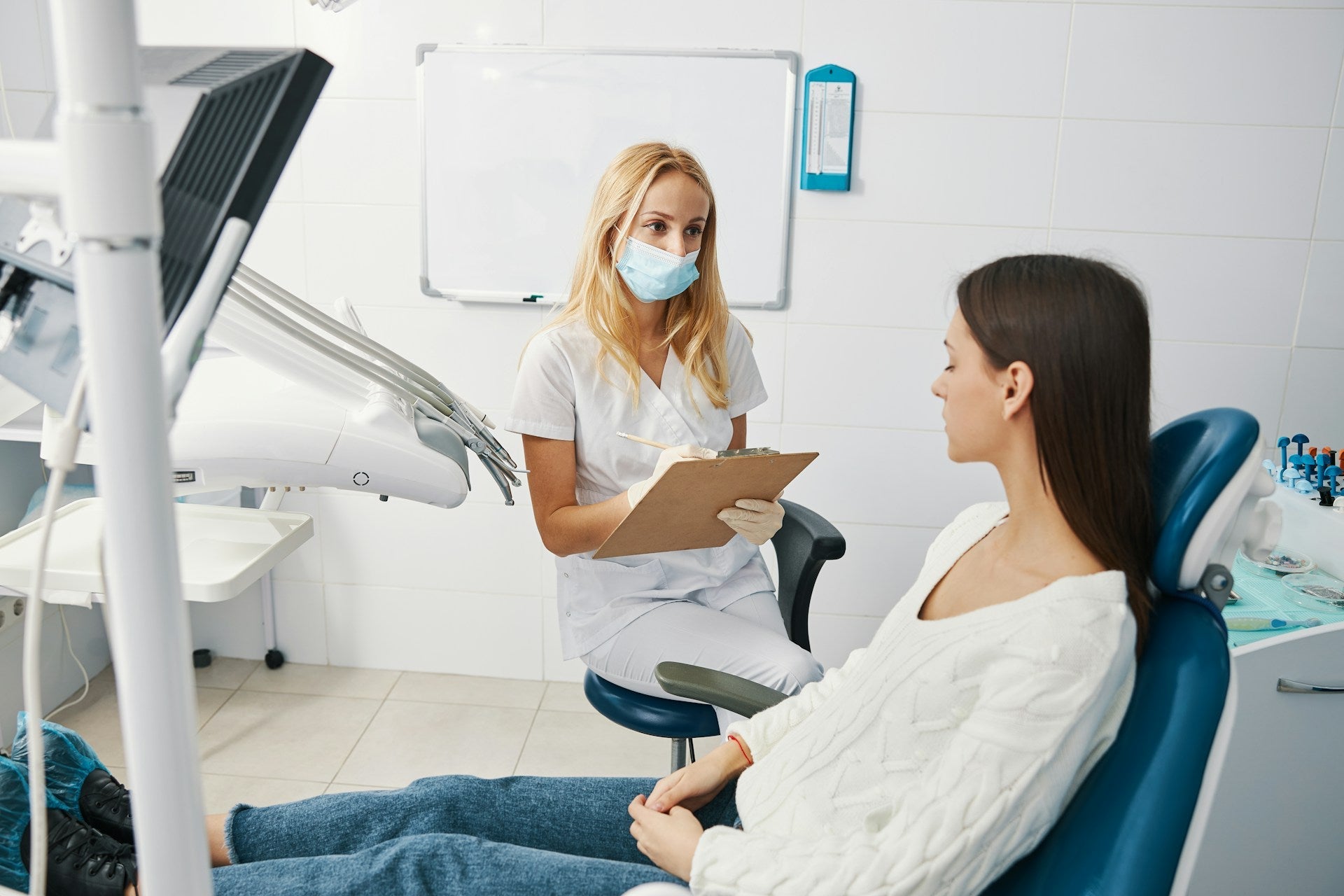

· By Trevor Horne
How A Saddle Stool Can Help With Foot Pain
Foot pain at work isn’t always caused by the feet themselves. For dental professionals, hours of seated work can lead to stiff ankles, sore arches, or that slow-burning pressure in the heels by mid-afternoon. A flat chair or awkward seating might be part of the problem—not just the pace of a fully booked day.
One effective solution is switching to a saddle stool. These seats position the spine in a more natural curve, altering how we sit and stand. Better posture higher up alleviates pressure on hips, knees, and feet. Over time, this change significantly benefits those spending long hours at chairside. For tips on getting the most out of your setup, see our guide on saddle stool adjustments to prevent common posture issues.
Understanding the Link Between Seating and Foot Pain
Lower body fatigue often starts with weight distribution while sitting. A flat chair encourages the pelvis to roll back, tightening the backs of the legs and increasing foot pressure without immediate notice. Muscles end up supporting more than they should, even while sitting still.
A slouched posture impedes blood flow. Bent legs held too long in one position can cause circulation issues in the lower legs and feet, leading to tingling, soreness, or swelling by shift’s end. Repeating this posture daily makes these symptoms harder to ignore.
Foot discomfort isn't just a lower-body issue. The seat shape, weight distribution across the hips, and thigh compression all influence foot response after hours of use. Dental professionals rely on small, precise movements, so even minor pain can disrupt concentration.
Features of a Saddle Stool That Support Foot Comfort
A good saddle stool works with the body’s structure. One key feature is the slight forward tilt, encouraging the spine to maintain an upright position without collapsing the lower back. When the spine aligns naturally, the hips open, and the legs settle into a comfortable stance, reducing ankle pressure.
The open hip angle facilitates better circulation in the lower legs, minimizing pressure behind the knees and at the spine's base. This distributes support evenly across the lower body, reducing weight on the feet.
Seat width and contour are crucial. A well-contoured saddle stool spreads weight across the sitting bones, not just the seat's middle. This reduces nerve compression near the thighs, allowing the legs more movement without sharp angles. This helps avoid pressure buildup leading to foot pain.
Real-World Benefits for Dental and Surgical Teams
In a dental clinic, repeated movements and awkward reaches are part of the job. If the body's balance is off from poor seating, the feet compensate to stay centered. A saddle stool helps the entire body feel stable and active without overworking any part.
Long procedures often leave little time for stretching. A chair that supports micro-movements and balance through the hips eases leg tension. Reduced leg stiffness after lengthy work on back molars or during patient zone procedures is a common benefit.
Adjustable height is another asset. Some saddle stools allow precise seat height adjustments, keeping feet stable and minimizing toe pressure in various setups. Consistent foot anchoring permits slight posture shifts without straining the lower body.
Proper seating engagement keeps the upper back active and the feet quietly supported. This balance aids movement in tight spaces or around equipment without unnatural leaning or twisting.
Choosing the Right Stool for Your Workplace
Not every saddle stool is the same. When choosing for a clinic, seat shape and materials matter. Opt for firmness providing support but with some give. Too soft sinks; too hard presses against bones.
Padding should follow the saddle form without creating lumps or seams pressing into sensitive areas. Stability in tilt is essential, preventing slippage. A variety of height adjustments align the stool with your workspace, suitable for room transitions or shared stations.
Wheels greatly affect ease of movement. A stool that glides smoothly on tile or laminate floors reduces leg strain during repositioning. Sticking or jerking wheels make for awkward pushes that accumulate fatigue. A swivel function keeps movement fluid while seated.
If you’re shopping for upgraded seating solutions, make sure the design fits the daily movement and range of your team—not just the look of the room.
Lastly, consider durability. Regular use means parts wear, so materials should be easy to clean and durable. A wobbly frame or peeling seat not only appears unprofessional but affects posture and focus. Quality in construction minimizes distractions when concentration should remain on patients.
Long-Term Payoff: Keeping Your Feet Happy on Busy Workdays
When feet hurt, focus wanes, and soreness creeps up from ankles to calves, dulling concentration. Comfortable seating can slow this process.
By supporting natural body alignment and relieving leg pressure, a well-fitted saddle stool ensures lasting comfort. This means consistent energy throughout the day, avoiding irritations that cause overcompensation or awkward standing due to inadequate support.
Upgrading your seating impacts more than just posture. Improved foot comfort enhances focus, smooths movement, and prevents long-term fatigue from dominating by day’s end. The goal isn’t just pain reduction—it’s ensuring fewer disruptions in delivering optimal care. That starts with reliable support beneath you.
Long procedures can take a toll on your posture and focus, but a properly fitted saddle stool can help ease the pressure on your lower body throughout the day. At ProNorth Medical, we’ve made it simple to support better comfort and balance, so you can stay steady without breaking your flow.
